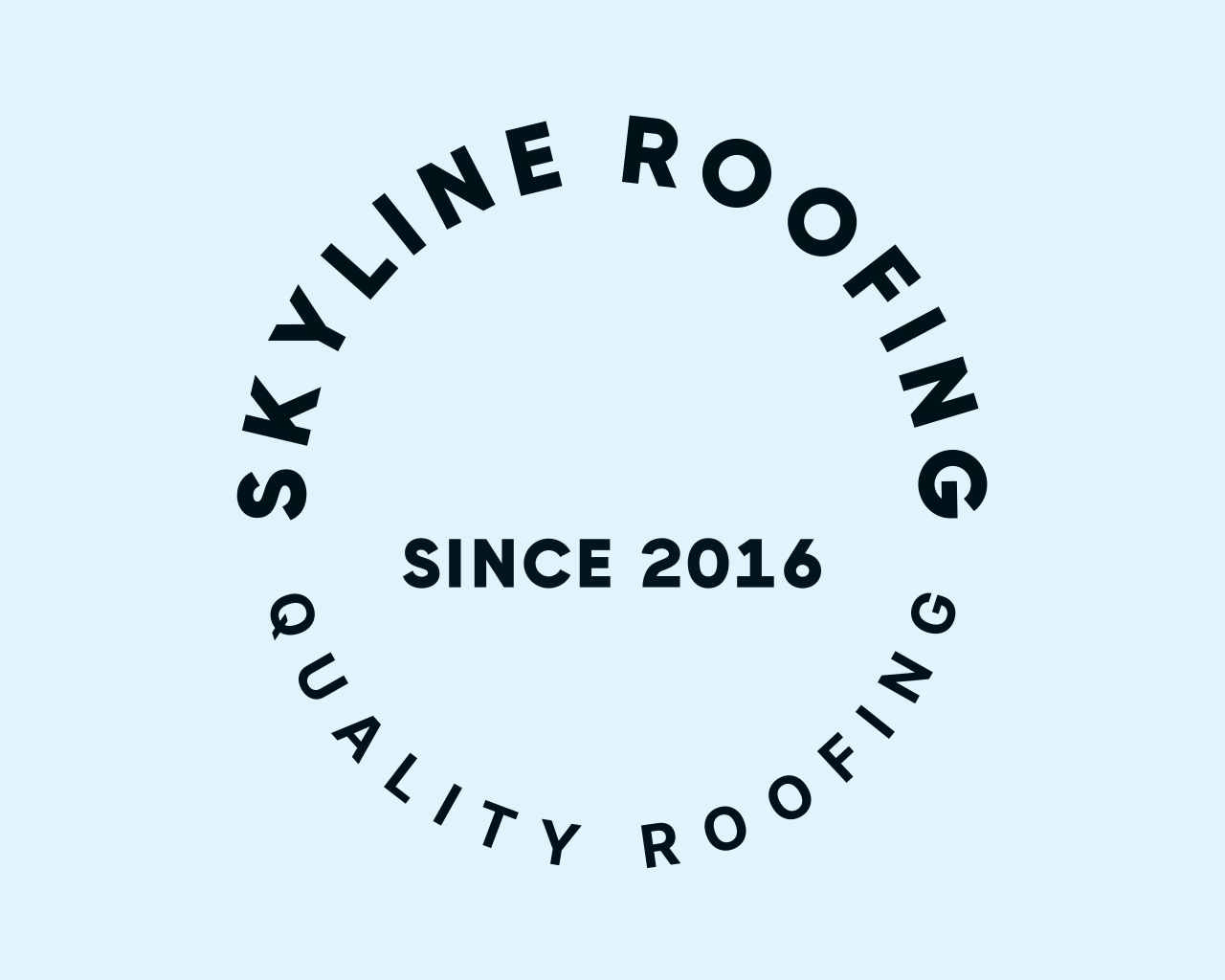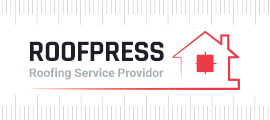Decking Rework or Decking General

The Importance of Roof Decking: Essential Foundation for a Durable Roof by Skyline Roofing
Roof decking forms the foundation of your home's roofing system, playing a crucial role in protecting your property from the elements. As a vital component, it provides structural support and creates a solid base for roofing materials. Roof decking serves several essential functions, including providing structural support for the entire roofing system and contributing to your home's overall stability.
At Skyline Roofing, we understand the importance of quality roof decking in maintaining the integrity of your roof. Proper installation and maintenance of roof decking can significantly extend the lifespan of your roofing system and protect your home from water damage, mold growth, and other potential issues.
Whether you're building a new home or replacing an existing roof, choosing the right roof decking material and ensuring proper installation is critical. Our team of experts at Skyline Roofing is dedicated to providing top-notch roofing services, including thorough inspections of roof decking to identify any potential issues before they become major problems.
Key Takeaways
Roof decking provides essential structural support and a foundation for roofing materials.
Proper installation and maintenance of roof decking can significantly extend your roof's lifespan.
Regular inspections are crucial for identifying and addressing potential roof decking issues early.
Understanding Roof Decking
Roof decking forms the foundation of a roofing system, providing crucial support and protection. It serves multiple functions, from structural integrity to moisture resistance, and comes in various materials suited for different needs.
Types and Materials
Roof decking materials vary in composition and characteristics. Plywood and oriented strand board (OSB) are common choices, offering a balance of strength and affordability. Engineered wood products provide enhanced durability and moisture resistance.
Metal decking, typically steel or aluminum, excels in fire resistance and longevity. Concrete decking offers superior strength and weather resistance, ideal for flat roofs or areas with extreme weather conditions.
Plank decking and tongue-and-groove boards are traditional options, prized for their aesthetic appeal in exposed beam ceilings. Each material has unique properties affecting durability, fire resistance, and moisture handling.
Role in Roofing Systems
Roof decking plays a critical role in structural support for the entire roofing system. It distributes the weight of roofing materials, snow loads, and foot traffic across the roof's frame.
Beyond structural integrity, decking contributes to a home's energy efficiency. It provides a base for insulation, helping regulate indoor temperatures and reduce energy costs.
Weather protection is another key function. Properly installed decking acts as a barrier against moisture intrusion, preventing water damage to the home's interior. It also aids in resisting wind uplift, enhancing the roof's overall weather resistance.
Installation and Compliance
Professional installation is crucial for roof decking to perform effectively. Proper techniques ensure the decking is securely fastened to the roof structure, preventing issues like sagging or separation.
Installers must adhere to local building codes which specify requirements for materials, thickness, and fastening methods. These codes ensure the decking meets safety standards and performs as intended.
Moisture management during installation is critical. Professionals use appropriate underlayments and ensure proper ventilation to prevent moisture-related problems like rot or mold growth.
Compliance with fire resistance standards is also essential, particularly in wildfire-prone areas. The choice of decking material and its installation method can significantly impact a home's fire safety rating.
Maintenance and Problem-solving
Proper maintenance and timely problem-solving are crucial for preserving roof decking integrity and extending its lifespan. Regular checks and swift action on issues can prevent costly repairs and ensure optimal performance.
Regular Inspections and Maintenance
Roof decking inspections should be conducted annually and after severe weather events. Check for water stains, sagging areas, and soft spots that may indicate underlying problems. Ensure proper ventilation to prevent moisture buildup and rot.
Keep gutters clean to avoid water backup. Trim overhanging branches to reduce debris accumulation and potential damage. Address minor issues promptly to prevent escalation.
Skyline Roofing recommends professional inspections every 2-3 years. Experts can identify subtle signs of wear that homeowners might miss. This proactive approach can significantly extend roof decking life and improve energy efficiency.
Identifying and Rectifying Issues
Common signs of damaged roof decking include visible sagging, water stains on ceilings, and unexplained increases in energy bills. Musty odors in the attic may indicate mold growth due to moisture infiltration.
If you notice these signs, contact Skyline Roofing immediately. Quick action can prevent further damage and reduce repair costs. In cases of extensive damage, partial or full roof decking replacement may be necessary.
For minor issues, targeted repairs can often resolve the problem. This may involve replacing damaged sections, reinforcing weakened areas, or addressing underlying causes like poor ventilation.
Proper maintenance and timely repairs are cost-effective strategies for extending roof decking lifespan and avoiding premature roof replacement. They also enhance home safety by reducing the risk of roof collapse.
